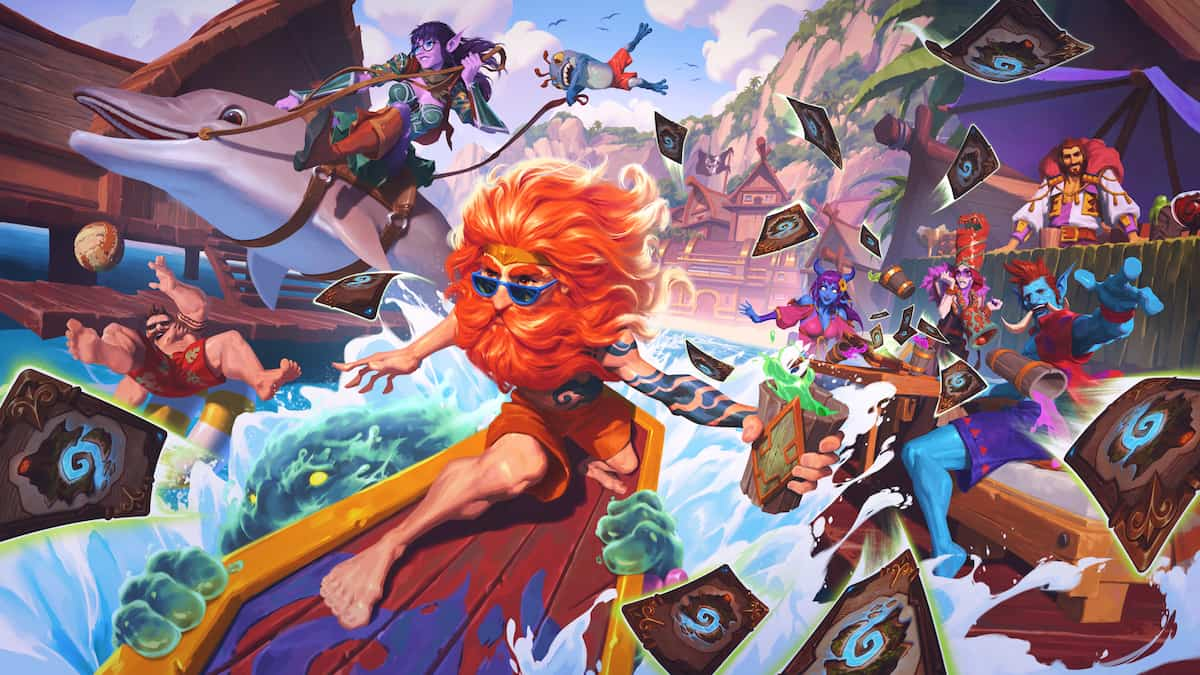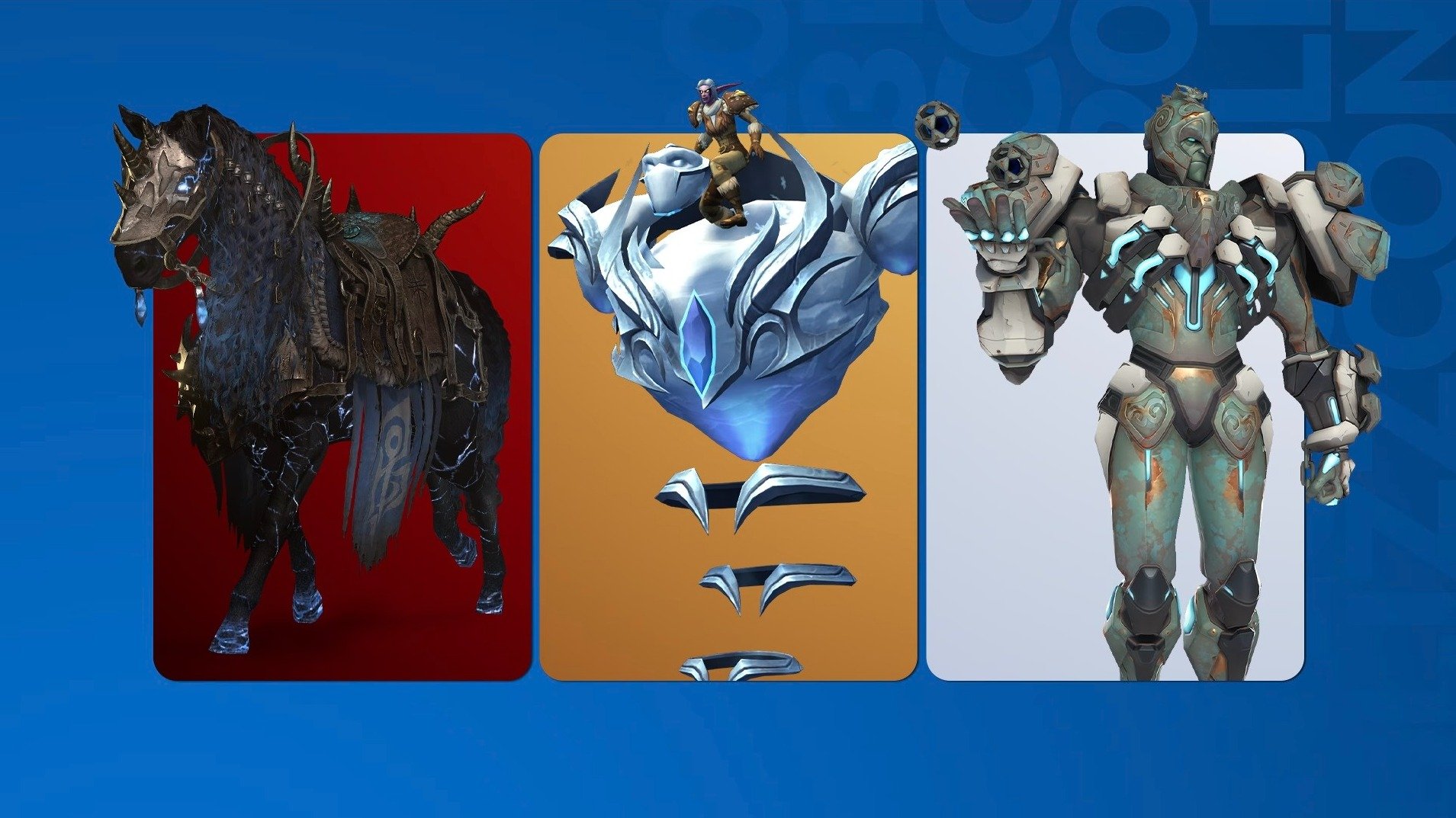As the first post-release season of Heartstone, Blizzard’s digital collectible card game, came to an end there was an interesting trend at the absolute upper echelons of competitive play. A lot of players, at least here in America, were playing a deck called Miracle Rogue.
The deck and its variants, made popular by a Ukrainian player with the alias Kolento, were played by 15 of the top 25 players at the end of the season. No other deck came close. If you take the second most popular class—not even deck, but entire class—you have Hunter being played by five of the top 25 players.
To see what makes this deck so deadly in the right hands, check out the video below of 2013 BlizzCon Hearthstone Championship competitor Byron “Reckful” Bernstein taking advantage of its card draw mechanic.
The deck was largely underrepresented in the lower and middle tiers of constructed play, and in the most recent round of nerfs wasn’t targeted at all. Hearthstone pros are awfully keen on playing this deck, while the magic is missed on the rest of us.
What makes the Miracle Rogue so strong in the right hands? And how can you play it better?
This deck plays unlike any other in Hearthstone, and that’s likely daunting for both newcomers and older players. It has 10 minions and 20 spells. Contrast that with something like a Warlock Zoo deck, which is extremely popular amongst both newer players and veterans and has 26 minions and four spells. Miracle Rogue requires a completely different playstyle and new methods of decision making. No longer is the game about efficiently trading minions. Instead, it’s about raw burst damage and creative board removal from spells.
Take a look at the decklist below. We’ll explain away the fears and put together how all these cards synergize into something formidable.

The most critical card in the entire deck, believe it or not, is the Gadgetzan Auctioneer. Despite badass cards like Leeroy Jenkins or Edwin Van Cleef being in the mix, the Auctioneer is the backbone.
The Auctioneer is critical because the mechanic that drives this deck through the roof is card draw. For every spell you cast the Auctioneer will draw one card. Now, as noted above, there are 20 spells in this deck. This means, if we’re playing ideally, we’re drawing a lot of cards.
More cards represents more choices to either deal with what your opponent is doing or draw into your win condition.

Optimal synergies
Auctioneer matched with Conceal is one of the most important combinations in the deck. The Conceal card stealths all minions on the board, preventing opponents from dealing out damage to them directly. The Auctioneer, as the deck’s workhorse, needs to be kept as safe as possible, for as long as possible, to ensure you get its maximum value. You’re looking to have a near depleted deck as you wander into turn eight or nine.
Combining both Leeroy Jenkins and Shadowstep will be among the more frequent ways you kill your opponent. Leeroy can charge, or attack the same turn he is played and do six damage, Shadowstep, a spell that costs zero mana, brings him back to your hand and allows you to play him again for two less mana for another six damage.
Critical turns
With the Auctioneer being the driving factor behind your momentum, an important turn will be turn five. The Auctioneer, which costs five mana, cannot be played on an empty board without Conceal, a card that stealths all of your minions that costs one mana.
If you went first you might have to wait until turn six to play it because Conceal costs one mana. If you have Preparation in your hand, a card that makes your next spell free, a great turn five play is Auctioneer, Preparation, and Conceal. This will put the Auctioneer on the board and cycles in two new cards to your deck.
If you went second and haven’t used your Coin yet, then you can Coin into a Conceal. That will get also get you two cards, and you’re Gadgetzan Auctioneer will be as safe as it can behind the cover of Conceal.
It cannot be emphasized enough how inadvisable it is to play Auctioneer without Conceal. The Auctioneer needs to be given any tools possible to further its life on the board, as it and its associated card draw are the mechanic that drives this deck. In most cases, Conceal saves the Auctioneer from being killed or silenced that turn.
Your opponents will likely start to sweat at turn eight. If you have both Shadow Steps and your Leeroy Jenkins in your hand, you can do 18 damage, simply by playing Leeroy, calling him back, playing him again, and so on. That’s 18 damage on top of whatever minions you already have on the board or weapons you might have equipped.
Overall strengths and weaknesses
Miracle Rogue does very well against against slower decks that favor reaching the later stages of the game. It performs strongly versus most Druid, Warrior, and Shaman setups. Those decks play minions more conservatively, and tend to start to ramp up at the same time the Miracle Rogue does. Being able to sap high priority targets and having a wealth of options tends to give Miracle Rogue a big edge.
Despite it being favored by many at the absolute highest levels of play, Miracle Rogue does have one pitfall: decks that favor aggression. Miracle Rogue comes online at turn five or six, and aggressive decks—like some Warlock and Hunter decks—can have you dead by then. It’s best to keep your removal cheap board removal tools like Backstab and SI7 Agent, but still count on your matches versus these decks being an uphill battle
There you have it: The Miracle Rogue deck. Easily one of the most powerful in competitive Hearthstone at present, it’s only a matter of time until you see it at all levels of play.
Image via Blizzard












Published: May 13, 2014 02:25 pm